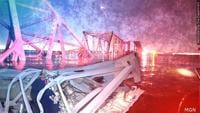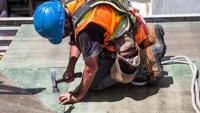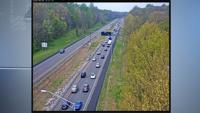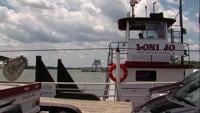PADUCAH, Ky. -- The Kentucky Transportation Cabinet shared a statement in regards to the Francis Scott Key Bridge incident on Tuesday morning.
The statement is posted below...
The devastating incident in Baltimore highlights the worst fear of travelers and our hearts go out to all those impacted by the tragedy. Safety is the foundation of everything we do to keep Kentuckians safe� from bridges and overpasses, to highways and guardrails. When designing and maintaining bridges, Kentucky Transportation Cabinet engineers work to anticipate all circumstances that can impact the integrity and safety of our structures. While our rivers and waterways carry barges and ships, they are not comparable to the size of an international cargo ship, and a similar incident is less likely to occur in our waterways. The cargo ship size in the Baltimore incident can weigh as much as 95,000 tons � 30 times larger than the largest barges on our rivers, which are 3,000 tons and most commonly 1,500 tons. Also, barges are not as tall as cargo ships.
The Transportation Cabinet prioritizes bridge safety and take a rigorous approach to regularly inspect the more than 14,000 state and county owned bridges. They are inspected at least every two years, and in some cases yearly, depending on age, condition and design to ensure they are structurally sound. If damage or deterioration is identified, bridges are closed out of an abundance of caution to allow engineers time to inspect the structural elements and perform engineering studies to make sure the bridge is safe for travelers. Only after this thorough inspection process is complete and any necessary repairs made is a damaged structure reopened.
If a strike should occur, our engineers take an abundance of caution. We inspect every critical element of a bridge before allowing workers or traffic to return to the bridge. In developing newer bridges on navigable waterways, designers ensure piers are protected and are in locations away from navigational channels. Designers also design piers and pier protection to survive impacts from the largest vessels using those waterways.














